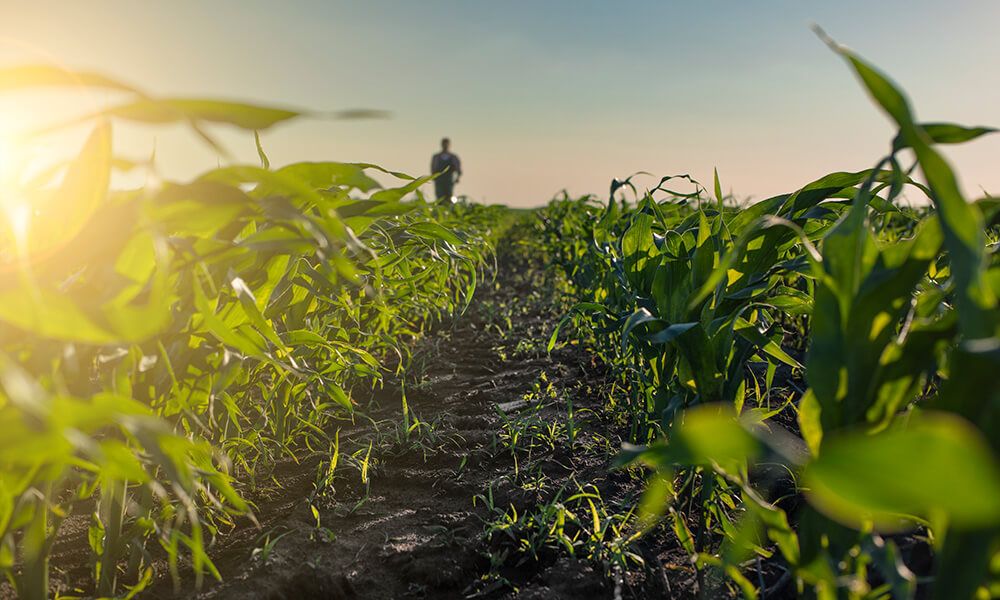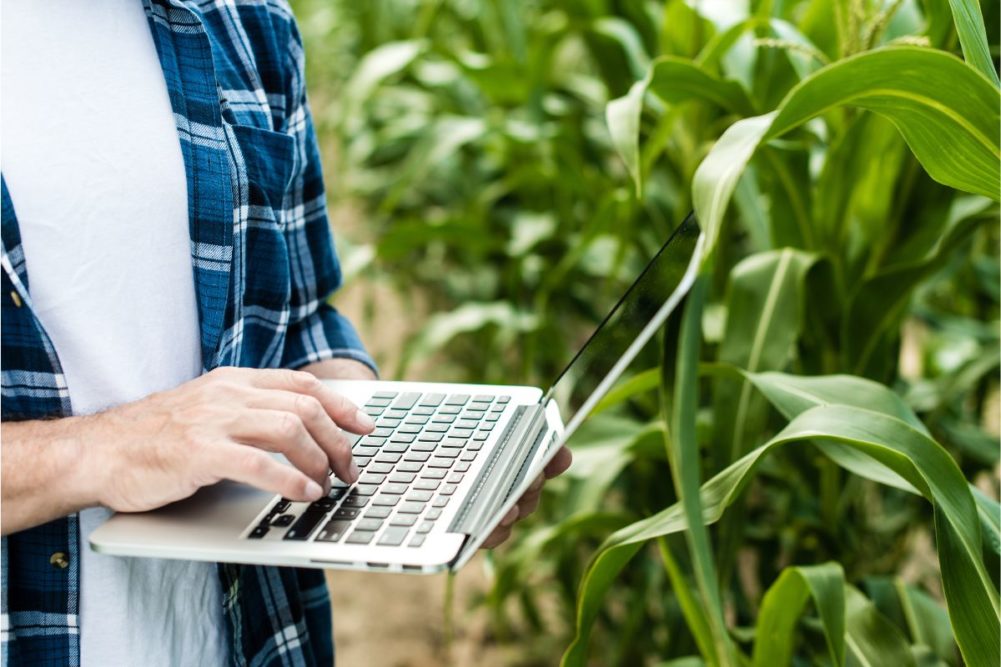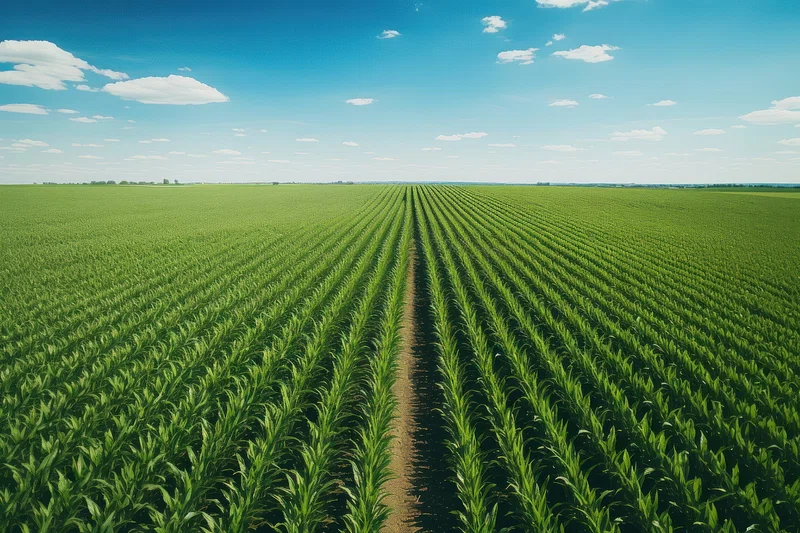
As the global population grows and natural resources become scarce, the need for sustainable agriculture has never been more critical. Sustainability in agriculture is about meeting today’s food, fiber, and fuel needs without compromising the ability of future generations to meet theirs. By adopting innovative techniques and environmentally friendly practices, agriculture is taking significant steps toward creating a balance between productivity and resource conservation.
What is Sustainable Agriculture?
Sustainable agriculture focuses on three key aspects:
- Environmental Health: Preserving the soil, water, and air quality while minimizing environmental impact.
- Economic Viability: Ensuring farming remains profitable for future generations.
- Social Equity: Supporting fair labor practices and promoting the well-being of farming communities.
Key Practices in Sustainable Agriculture
1. Conservation Tillage
Conservation tillage reduces soil disturbance, helping to maintain soil structure and fertility. By leaving crop residues on the field, it prevents erosion, improves water retention, and enhances biodiversity.
2. Crop Rotation and Diversification
Rotating crops and diversifying plant types reduces pest infestations and improves soil health. For instance, alternating legumes with cereals can naturally enhance nitrogen levels in the soil.
3. Integrated Pest Management (IPM)
IPM uses biological methods like natural predators, resistant crop varieties, and targeted chemical use to manage pests. This approach minimizes the overuse of harmful pesticides and protects beneficial organisms.
4. Precision Agriculture
Using technology like GPS, drones, and sensors, precision agriculture ensures efficient use of water, fertilizers, and pesticides. Farmers can monitor crop health and soil conditions in real time, reducing waste and improving yields.
5. Organic Farming
Organic farming avoids synthetic fertilizers and pesticides, focusing on natural inputs and traditional farming methods. This approach improves soil health, promotes biodiversity, and reduces chemical pollution.
The Role of Technology in Sustainability
Technology plays a significant role in making agriculture more sustainable:
- IoT and Smart Farming: Devices connected through the Internet of Things (IoT) monitor farm conditions and optimize resource use.
- Renewable Energy: Solar-powered irrigation and wind energy reduce dependency on fossil fuels.
- Blockchain: Ensures transparency in the supply chain, helping consumers support sustainable products.
Water Conservation Techniques
Efficient water management is vital for sustainable agriculture. Practices like drip irrigation, rainwater harvesting, and soil moisture sensors help farmers use water judiciously.
Soil Health Management
Healthy soil is the foundation of sustainable farming. Practices like adding organic matter, reducing chemical inputs, and planting cover crops help maintain soil fertility and prevent degradation.
Benefits of Sustainable Agriculture
- Environmental Protection: Reduces pollution, conserves natural resources, and combats climate change.
- Improved Food Security: Sustainable methods ensure long-term food production and availability.
- Economic Stability: Reduces farming costs and increases profits by improving efficiency.
- Community Well-Being: Promotes fair labor practices and supports rural livelihoods.
Challenges and Solutions
Challenges:
- High initial costs for adopting new technologies.
- Lack of awareness among farmers about sustainable practices.
- Limited access to resources and markets.
Solutions:
- Government subsidies and incentives for sustainable farming methods.
- Education and training programs for farmers.
- Public-private partnerships to support research and innovation.
A Step Toward a Better Future
Sustainable agriculture is not just a choice; it is a necessity. With the right practices and technologies, farming can be both productive and environmentally friendly. By supporting sustainable practices, governments, businesses, and individuals can contribute to a healthier planet and a secure food future.
Together, we can take a step forward in agriculture to ensure that we nourish the world today without jeopardizing the needs of tomorrow.


